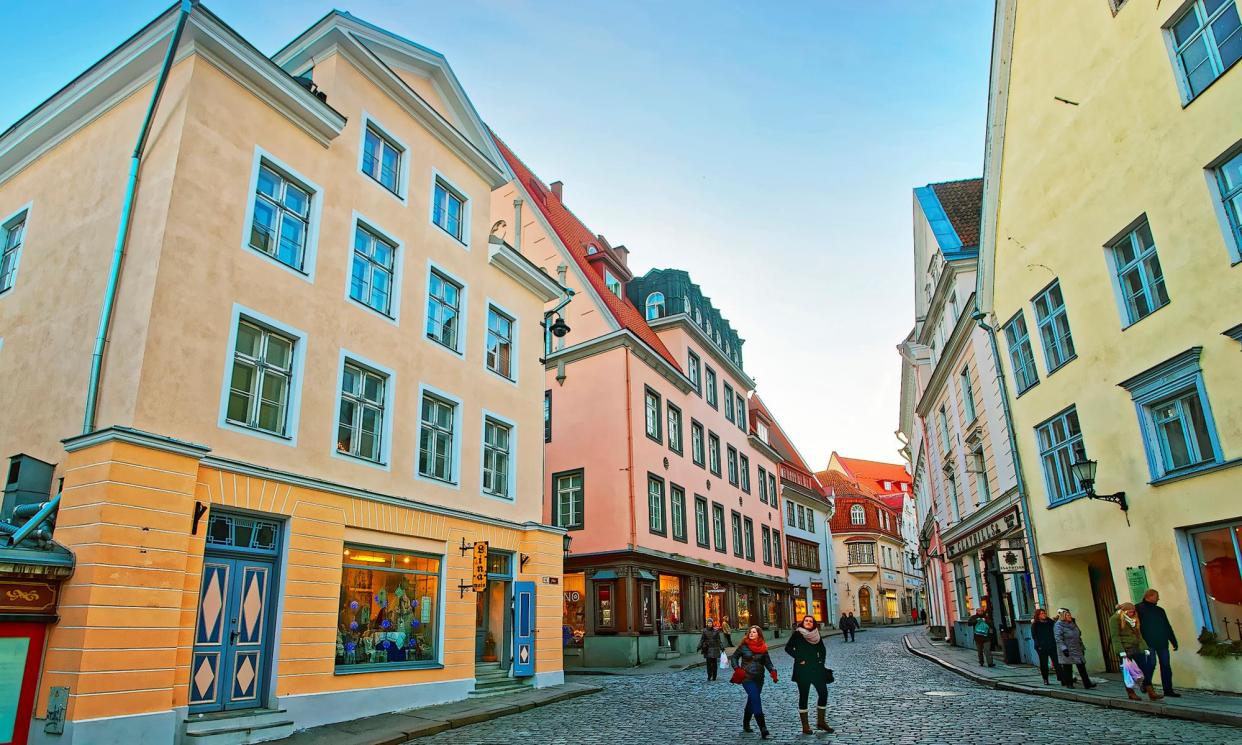Higher costs and cramped conditions: the impact of Europe’s housing crisis

Decades in the making, Europe’s housing crisis is being felt from the Netherlands to Portugal, Greece to Germany, and in Britain. Prices and rents have soared, availability and affordability have plunged and housing has become a political issue.
Between 2010 and 2022, property prices across the 27-member bloc surged by 47%, according to a 2023 Eurostat report. In some countries they almost trebled: Estonia recorded a 192% rise. Only in two member states, Italy and Cyprus, did they decline.
Rents, meanwhile, rose by an average 18% over the same period, increasing in every single EU member state except Greece (where they have risen by 37% since 2018). Some of the biggest hikes were in the Baltic state of Lithuania, up 144%, and Ireland, up 84%.
Partly as a consequence, the proportion of households whose total housing costs account for 40% or more of their disposable income – known to policymakers as the housing cost overburden rate – which fell during the pandemic, is climbing steadily.
In Germany, where just over half the population live in rented accommodation – one of the highest proportions in the EU – the federal statistics office calculated last year that one in five households were spending at least two-fifths of their net income on rent.
Germany alone is currently short of more than 800,000 apartments, the country’s statistics office has estimated, a figure that is growing steadily. Meanwhile, more than 9.5 million people, often single parents and their children, live in cramped conditions.
In many EU cities the wait for social housing is 10 years or more; couples in countries such as the Netherlands, which is short of about 400,000 homes, are postponing major life events such as starting a family, or are being forced to live together after separating.
Getting a foot on the property ladder has become exponentially harder. According to a report by Eurofound, the EU’s social policy agency, last year, home ownership is sliding across the bloc, down by three percentage points or more in some countries.
In Ireland, the median age of buyers is now 39, compared with 35 in 2010. And generation Z is leaving the family home later than its predecessors: between 2007 and 2019, the age by which at least 50% of young Europeans were living independently rose from 26 to 28.
Unsurprisingly, housing looms large among people’s chief worries, particularly young people. A 2022 Eurobarometer poll found that for more than 20% of 25- to 34-year-olds in more than a third of EU member states, housing was one of voters’ two biggest concerns – rising to 40% in Ireland.

 Yahoo News
Yahoo News 
